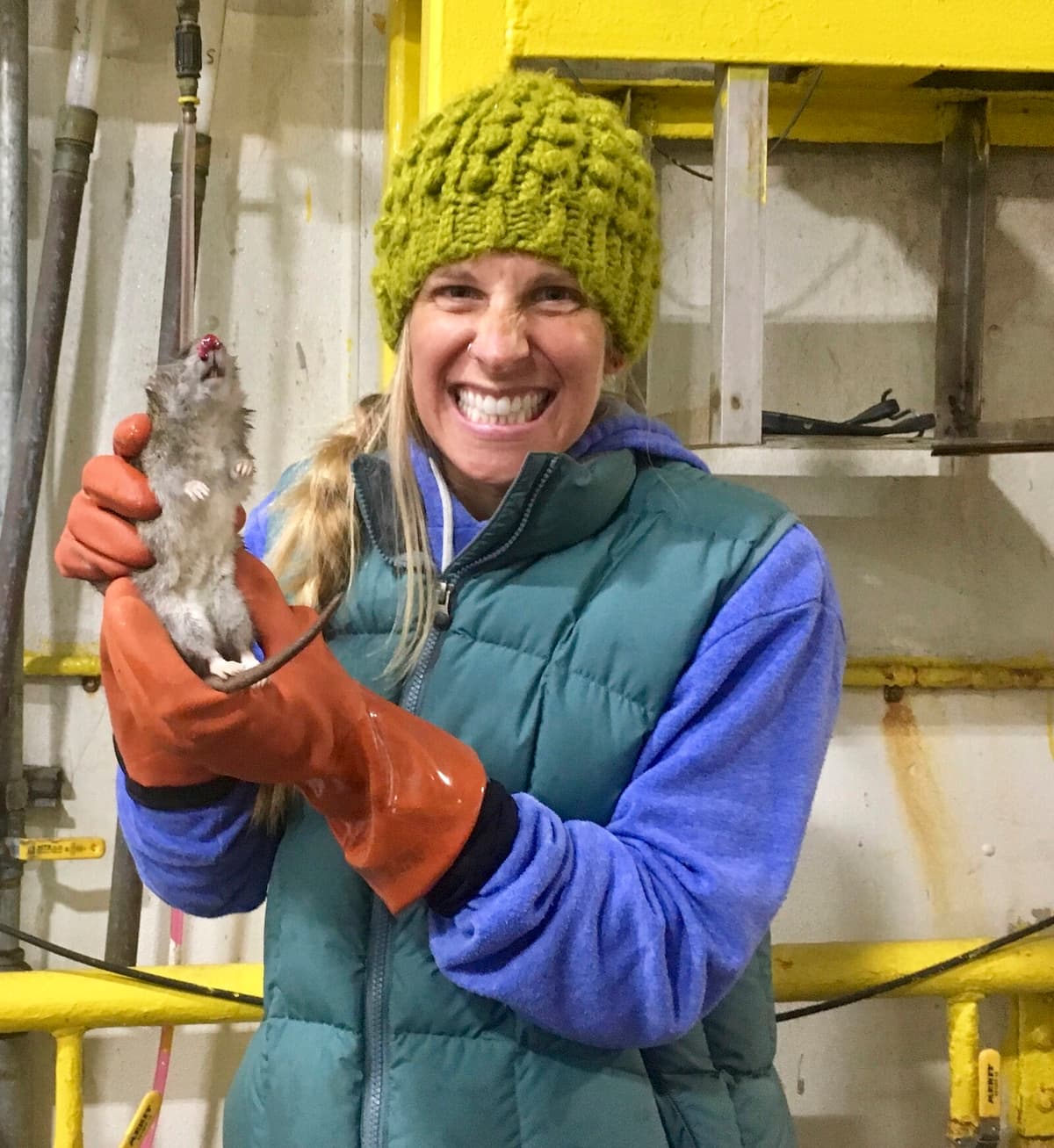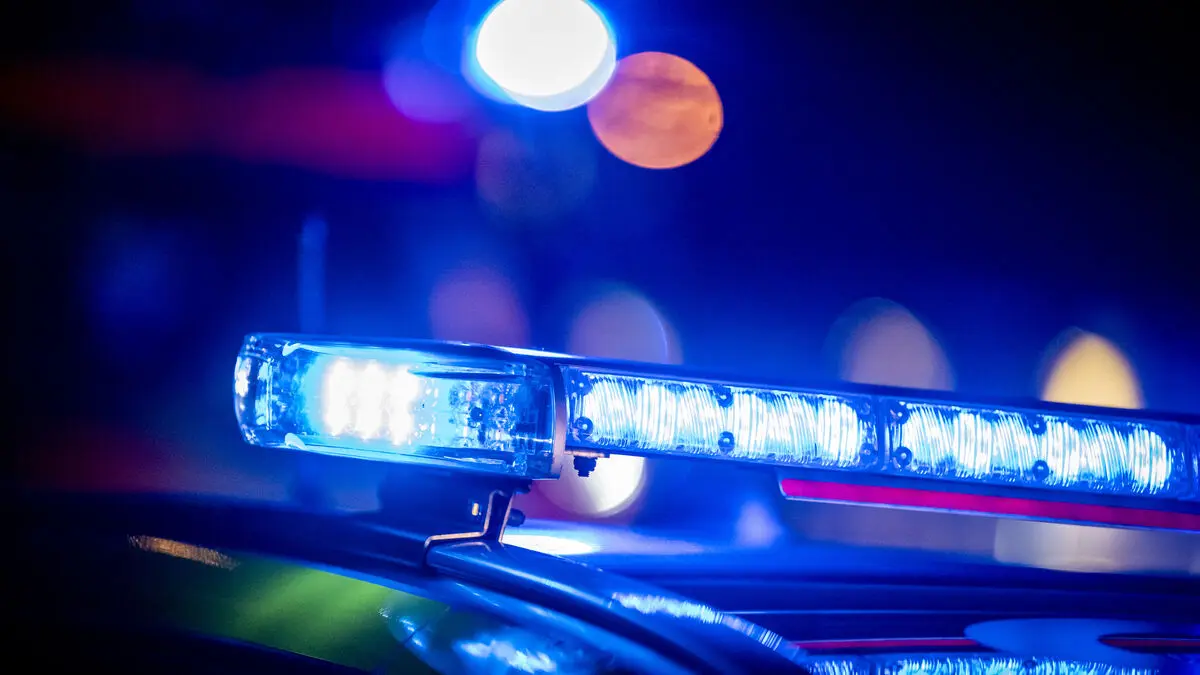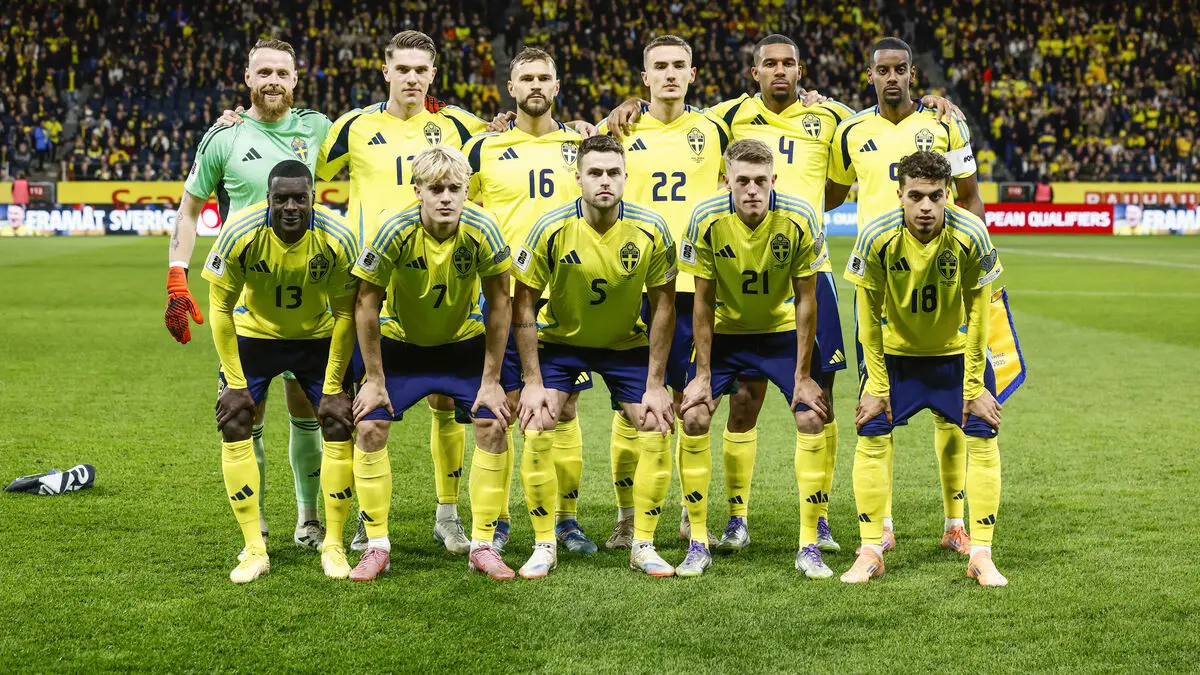It was last summer that one of the residents on the island of St. Paul, hundreds of kilometers from the mainland in Alaska, USA, saw it. Or did they? Regardless, the authorities were alerted immediately.
I started asking questions and crawling under the porch right away, says Lauren Divine from the Ecosystem Conservation Office, to The New York Times.
Fear of disturbances
In most places in the world, a rat would not cause much attention. But on St. Paul, the uproar was great, the island being a bird paradise that has sometimes been called a northern Galápagos due to its rich wildlife.
Here, rats, which can arrive on the island as stowaways on boats, could create great chaos in the ecosystems by reproducing quickly and possibly attacking the birds' eggs and chicks.
Invasive mice and rats have been successfully removed from hundreds of islands around the world. But it can take several years and cost millions of kronor – so preventive measures are seen as the best defense.
Divine and her employees have therefore been searching for gnaw marks and droppings and shining their flashlights into dark corners. Traps have been loaded with peanut butter and surveillance cameras have been set up. The approximately 350 residents have simultaneously been urged to keep their eyes open – to avoid a potential catastrophe.
No traces
But so far, there are no signs of the rat. Maybe it was never there? The last time a rat was spotted on the island, in 2018, it took the residents almost a year to find it.
Despite this, the hunt continues. Divine has described it as searching for a needle in a haystack, "without knowing if the needle even exists".
We know, because we've seen it on other islands and in other places in Alaska and around the world, that rats decimate seabird colonies. So the threat is not something we take lightly, she says to the AP news agency.





